Are you struggling to meet your IT compliance requirements? As an IT manager, managing compliance for your organization’s IT environment can be a daunting task. Thus, to get it right, you need to understand every aspect of IT compliance management. This article will guide you through the process in detail.
Globally, governments are introducing stricter regulations to address the growing data security risks. Therefore, meeting these requirements requires time, effort, and careful planning. Moreover, overseeing such broader areas for compliance can be overwhelming for your team, leading to missed updates, compliance gaps, and increased vulnerability.
Fortunately, IT compliance management helps you align IT systems with the legal requirements. This guide will walk you through every aspect of IT compliance management, keeping your team focused.
What is IT Compliance Management?
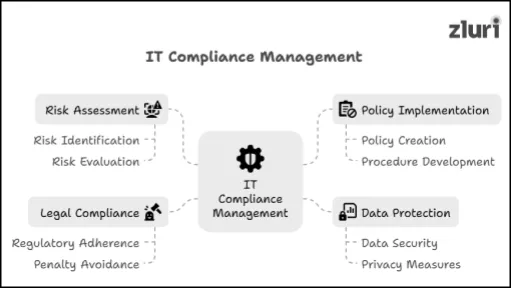
IT compliance management is a process that helps you ensure your organization’s IT systems, policies, and practices meet regulatory standards and legal requirements. These regulations allow you to protect your data, prevent misuse, and ensure transparency within your organization. As a result, it helps your organization stay compliant.
For instance, consider a healthcare organization that handles large amounts of patient data. To protect this data, it must adhere to regulations such as HIPAA (Health Insurance Portability and Accountability Act), which mandates strict guidelines on how patient information should be stored, accessed, and shared.
Thus, IT compliance management will help IT /compliance managers implement measures to meet HIPAA requirements, such as using encrypted storage, restricting data access, and regularly auditing data systems. This process further ensures patient data is safe and the organization complies with the law.
Importance of IT Compliance Management
Let’s discuss the importance of IT compliance management.
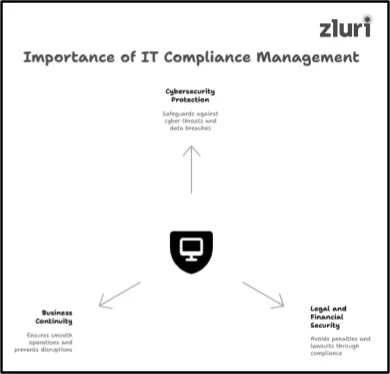
- Protects your organization against cybersecurity threats: Hackers and cybercriminals constantly look for your organization’s weak points to exploit. These threats can lead to data breaches and financial damage in your organization. Here, IT compliance management enables your organization to implement robust security measures and protect itself from these threats.
- Avoid any legal and financial penalties: If your organization fails to comply with required regulations, it may face substantial fines or lawsuits. Thus, IT compliance management helps to ensure that all your IT systems, processes, and data management practices are aligned with the compliance standards. This will reduce the risk of these costly consequences.
- Prevent business disruptions: Business disruptions can occur when your IT systems are not properly managed or when compliance standards are not met. This can lead to system failures, data loss, or downtime, which might affect your operations. To overcome this, managing IT compliance can ensure that your IT systems remain secure and your business processes continue without interruption.
How to Manage IT Compliance?
Now, let’s understand the steps involved in managing IT compliance.
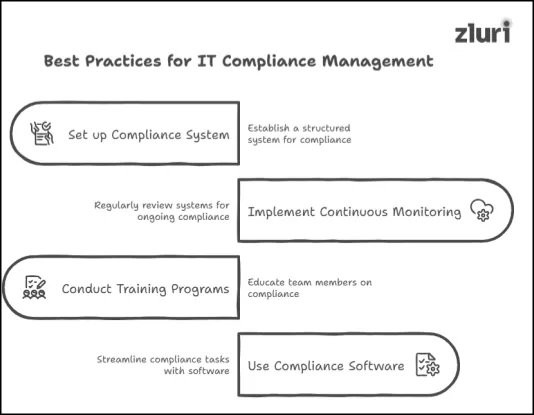
Step 1: Assess your compliance needs
The first step in IT compliance management is assessment. This involves identifying which regulations and standards apply to your organization. You start by examining the areas where compliance is necessary. For example, look at data handling, privacy measures, and access control.
Then, conduct a gap analysis to see where your current practices fall short of regulatory standards. This assessment phase provides a roadmap for what needs to change.
Step 2: Organize your compliance efforts
Once you understand your compliance needs, the next step is to organize your efforts accordingly. This involves establishing policies, processes, and teams dedicated to ensuring compliance.
How to organize?
- Begin by defining clear responsibilities within your IT department.
- Ensure each team member understands their role in upholding compliance.
- Develop standard operating procedures (SOPs) that outline how to manage sensitive data, monitor access, and secure systems.
- Keep these policies accessible and easy to understand.
- Regular training for your team is also crucial, as it helps everyone stay informed about regulatory changes and compliance requirements.
Step 3: Remediate the compliance gaps
After organizing, you need to take action on the compliance gaps identified during the assessment. Remediation refers to addressing issues and implementing responses that bring your IT systems into compliance with relevant regulations and standards.
To remediate effectively, focus on high-risk areas, which may include strengthening access controls and compliance posture. Moreover, document each change made, which will be important for your reporting later. Also, remember that compliance is not a one-time task; ongoing efforts are crucial to maintaining security and meeting evolving regulations.
Step 4: Report on your compliance status
The final step in IT compliance management is reporting. Regular reporting will keep your organization accountable to stakeholders and regulators for compliance. Reports should summarize your compliance activities and detail any unresolved issues that remain.
These reports can show how your organization meets regulatory compliance requirements. This acts as evidence for providing it to auditors and helps you gain insights for improvements. Furthermore, you can schedule periodic audits and utilize the results to update reports, thereby ensuring accuracy and transparency in your compliance efforts.
Challenges Faced in IT Compliance
Let’s discuss the various challenges faced in IT compliance.
- Navigating Through Regulatory Complexity
The regulations often vary by industry and region, making it challenging to determine which ones apply and where. This complexity increases when your organization operates in multiple locations, each with its own specific data privacy and security standards. Maintaining IT compliance requires constant vigilance and updates.
- Difficulty in Keeping Up with Changes in Security Threats
Your team might face the challenge of keeping your systems updated, secure, and compliant with changes in security or cyber threats. A security measure that works today might not be sufficient tomorrow. To overcome this challenge, you must invest in advanced tools, train your team, and regularly review and update your security protocols.
- Lack of Cross-Department Coordination
Compliance often requires coordination among multiple departments, including HR, finance, and IT. However, different departments might have varying priorities and processes, which can lead to gaps in compliance. Thus, coordinating these efforts can be challenging, especially if there is limited understanding of compliance across teams.
- Complicated to Manage a Distributed Environment Across Platforms
Consider your organization uses multiple platforms and systems to store and manage the data. Moreover, each platform may have its security features and policies, requiring extra attention. Thus, ensuring consistent compliance across these platforms can be difficult.
Best Practices for Managing IT Compliance Effectively
In light of the challenges mentioned above, it is crucial to adhere to best practices to overcome them and safeguard sensitive information. Here are the best practices to follow.
1. Set up a proper IT compliance management system
An effective IT compliance management system is the base for all your compliance efforts. This system should outline policies, procedures, and controls that you should follow to meet your regulatory requirements. Setting up the system brings a structure, ensuring that all your compliance-related tasks are organized.
Moreover, it helps you in clearly defining roles and responsibilities within your team. Following this practice will enable smoother audits, reduce the risk of non-compliance, and make it easier for your team to align with your organization's requirements and the relevant legal standards.
2. Implement continuous monitoring and improvement
As we know, compliance is not a one-time activity. It is an ongoing process and requires continuous monitoring and improvement. Continuous monitoring involves regularly reviewing your systems and compliance processes to ensure they remain compliant over time.
Therefore, following this best practice helps you identify potential issues early, allowing your team to address them before they become bigger problems. It also opens up opportunities for improvement, enhancing efficiency and security.
3. Conduct compliance training and awareness programs
A well-informed team is essential for successful IT compliance management. To make your team well-informed, you need to provide them with proper compliance training and awareness programs. This will ensure that all your team members understand the importance of compliance and their role in maintaining it.
When your team is aware of the rules, they’re less likely to make mistakes that could lead to non-compliance. Additionally, training fosters a culture of accountability, where team members feel responsible for upholding compliance.
Overall, following this best practice will minimize the chances of accidental security breaches and promote a compliance-oriented mindset across the organization.
4. Use a suitable compliance management software to simplify the process
Now, the most crucial best practice is to use an efficient tool to streamline your IT compliance management process. Manually collecting data and ensuring compliance with regulatory requirements can be a complex process. Leveraging a tool will simplify your compliance efforts.
The software will help you centralize all your compliance tasks, making it easier to monitor and track compliance status in real-time. It will also provide automated alerts and reports that allow your team to stay on top of the changes and audits. Moreover, by utilizing this tool, you can minimize human errors, reduce your organization’s compliance costs, and maintain an efficient compliance framework.
Also Read: Want to explore various tools for compliance management? Consider reading our Top 10 Compliance Management Software Reviews.
Manage IT Compliance with Proper Control Over Access to Your IT Systems
For effective IT compliance management, it is important to have control over access to your IT systems. You need to know who has access to what systems and data, and modify or revoke any unnecessary access. To determine this, you need to have visibility into all your systems and review the access.
By regularly reviewing access to your systems and data, you can ensure that only authorized users have access to sensitive information. This control is crucial for managing IT compliance as roles change, employees join or leave, and regulations evolve. This is where Zluri can help.
Zluri offers an access review platform that allows you to review users' access and ensure that the right users have the proper access to the right apps. But how does this work? Zluri provides complete access visibility, helps with reviewing users’ access, and auto-remediates unnecessary access or permissions. Doing this will reduce the manual workload on your team, ensure accurate access control, and maintain audit-readiness and compliance.









.svg)



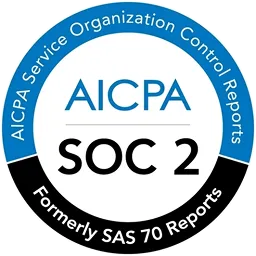
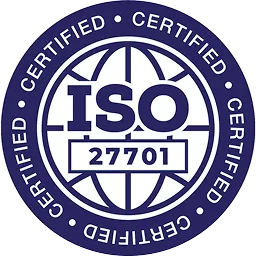
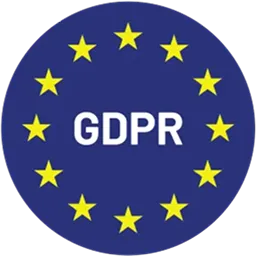
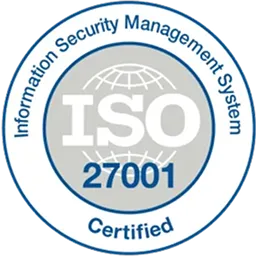
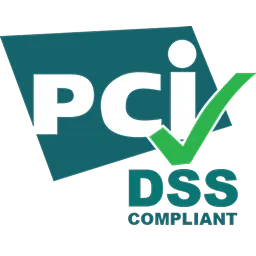
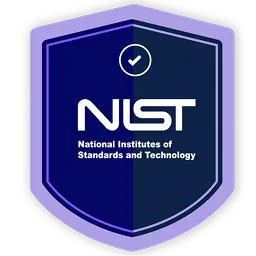
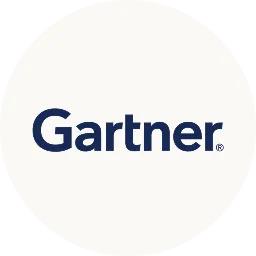
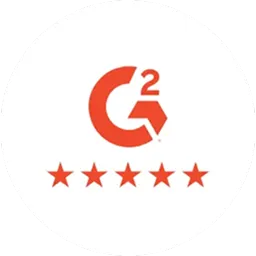

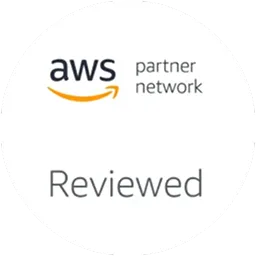

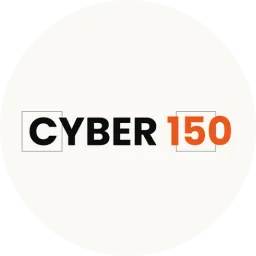






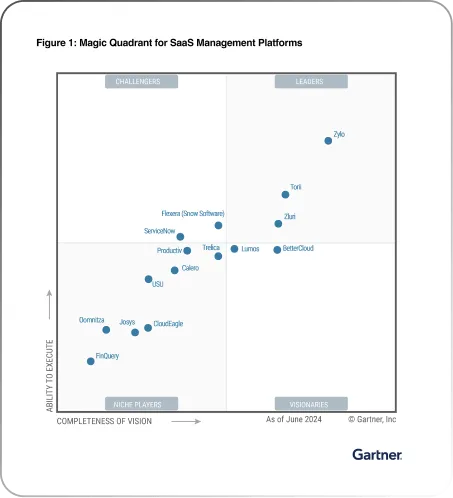







.webp)







.webp)
.webp)





.webp)